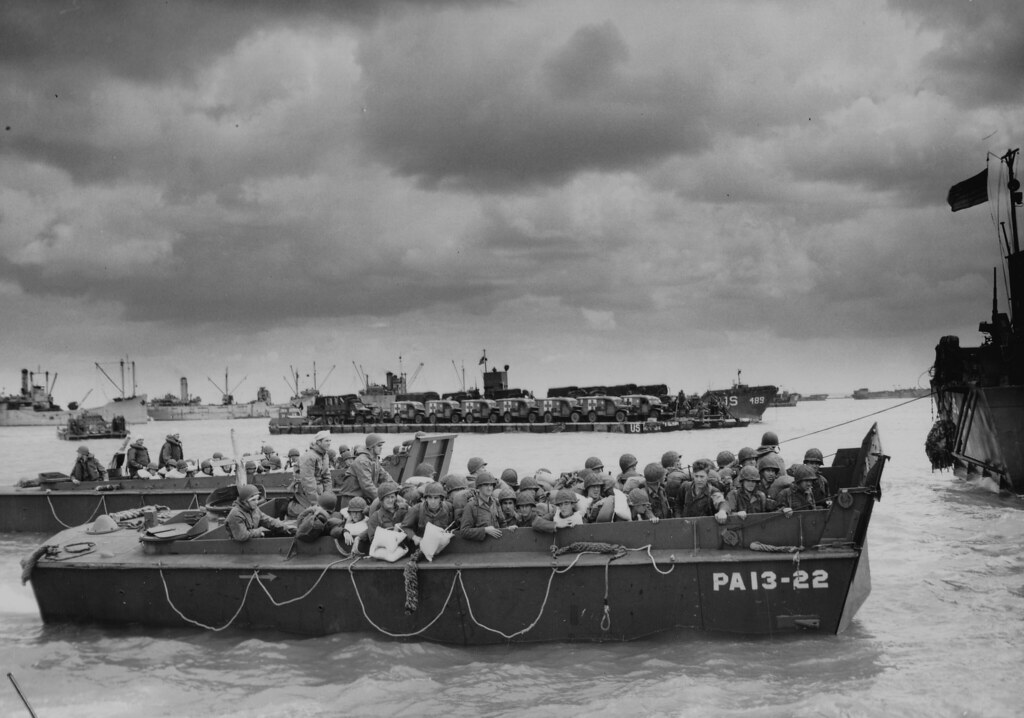

The project commemorates the 75th anniversary of D-Day through recording the wall and inscriptions using a range of photographic techniques, researching the names to try to identify individuals and find out more about their stories and make all this available through this viewer.
Data within the viewer is based on researched carried out so far, this will be added to as the project progresses through 2019 and into 2020. If you have any information on any of the individuals represented within the inscriptions, details or their war service or photographs we would be very pleased to hear from you. Contact us on:
Learn more about the project: maritimearchaeologytrust.org/ddaywalls
Find out about the people who left their marks using the or icons above to search through the names:
| Service number: | |
|---|---|
| Rank: | |
| Date or birth: | |
| Date of death: | |
| Birth place: | |
| Spouse's name: | |
| Date married: | |
| Service branch | |
| Nationality | |
| Enlisted date: | |
| Enlist city: | |
| Height (m): | |
| Weight (kg): | |
| Arrived Southampton: |

Find out about the people who left their marks using the or icons above to learn more about the veteran's individual stories:

The Millionth Yank - A ceremony was held to mark the millionth Yank - Paul Shimer from Pennsylvania - as he boarded the ship. Sergeant Shimer was killed in action in Germany in April 1945. The two millionth Yank passed through on the 16th January 1945.
Explore the wall using the or icons above to view images relating to any of the veterans identified so far:

LCVP PA13-22 at Utah Beach, 6th June 1944 by
PhotosNormandie,
licensed under
CC BY-SA 2.0

Why aren’t all of the graffiti inscriptions in the data set yet?
The project began in early April 2019 when we were fortunate to receive funding from the National Lottery Heritage Fund. This has only given us a relatively short time so far to set up the recording, develop a model and create detailed records of the inscriptions on each brick. We have also used records available from some previous research to set up the initial dataset. Much more will be added during the project which runs until September 2020. Keep checking back to see the latest updates.
Why aren’t there photographs of identified service men available?
We are researching using online resources and archives to identify as many of the individual soldiers as possible. Often genealogy websites make it possible to contact relatives to see if they are able to provide photographs. We will be continuing to make contact with veterans families and seek their permission to use photographs and will make them available on the viewer when we have them.
I have information on one of the soldiers who inscribed there name on the wall, how do I let you know?
We would be delighted to hear from you! We are happy to add information on the soldiers stories from prior to, during or after the war. We can attach copies of photographs or documents to the viewer. We can only accept photographs which you are able to provide permission for use or are of an age that copyright is expired. To submit information, photographs etc then please email us.
I have spotted a mistake in the data, what should I do?
If you have found something that might be inaccurate then please do let us know! Please email us on:
If you can let us know the person, the field that you think needs changing and a reference to show your source that would be great. We will endeavour to make any updates as soon as possible.
How can I support the Maritime Archaeology Trust?
We are a charity and rely on the kind support of volunteers and donors. To We also have a Friends of the Trust organisation.
To volunteer: https://www.maritimearchaeologytrust.org/volunteering
For options on how to donate: https://www.maritimearchaeologytrust.org/donations
To join the Friends: Friends of the Trust
Version: 0.9 June 2019

The ‘D-Day Wall’ or ‘American Wall’ as it has become known is a 19-metre length of brick wall at the lower end of Western Esplanade in Southampton. The wall, built c1910, is all that remains of the boundary wall of the old Southampton mortuary. On this wall, and on the walls of nearby houses, American troops carved their names and hometowns as they waited to embark overseas during WWII.
Southampton played a vital role throughout WWII, serving as a key port for the transport of Allied personnel and goods. On D-Day alone, two thirds of the British taskforce sailed from Southampton. By the end of the war, more than 3.5 million troops had passed through the city, some of them sought to leave their mark before they left for an uncertain future. Of the inscriptions identified so far, all but three of the men survived. Many others who passed through would not be so fortunate.
When this area of Southampton was re-developed in 1993, a section of graffitied wall was allowed to remain in situ as a memorial, and a number of the most detailed bricks from other parts of the demolished wall were saved and kept by Southampton Museum Service. Some of these have been built into a smaller wall behind the original wall, while others remain in the museum collection. The wall is recorded on the Southampton Historic Environment Record (MSH4692). It is also registered with the Imperial War Museum as a war memorial (Graffiti Wall WW2 21636).
Today the wall forms the boundary of the Grand Harbour Hotel car park. There is much local concern for the future of the wall: Some of the bricks are crumbling due to weathering and some of the inscriptions are starting to erode.
Version: 1.0 December 2020